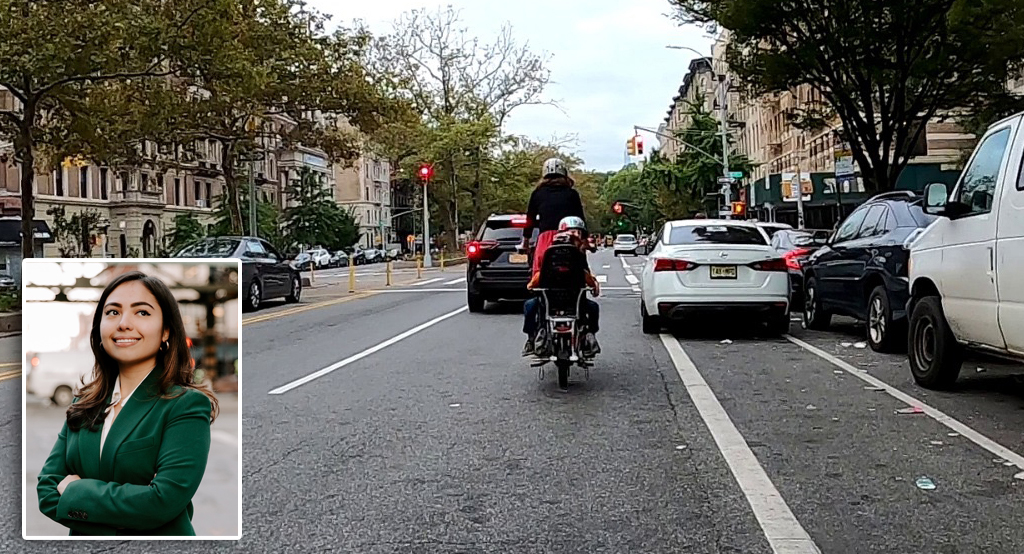
Congestion Mitigation Commission chairman Marc Shaw has a big job ahead of him.
Newsflash from Crain's New York: Congestion pricing is politically challenging: While I don't think any Streetsblog reader will be shocked by that big scoop, there are still some interesting tidbits in here. The Traffic Mitigation Commission has a new mandate, Greg David writes: "Save the mayor's plan by modifying it." If nothing else, I suppose this means that opponents have to stop calling the Commission a "sham" now. The Crain's story is available online only to subscribers. Here it is in full:
When the state legislature created a panel in June to review Mayor Michael Bloomberg's congestion pricing plan, his aides claimed victory. They maintained that a majority of members would be appointed by officials who back the scheme. The thinking was that the panel would endorse congestion pricing, and show that the alternatives would neither reduce traffic enough nor raise large sums for mass transit. The City Council and the Legislature would then ratify that conclusion.
So much for the fix being in. Today, the plan is in deep trouble. Details emerging about the cost and the onerous implementation are worrying even the plan's supporters. The mass-transit bonanza is now pegged at as little as $100 million a year, a far cry from the almost $400 million initially promised. Polls show public support declining. And the political calendar isn't favorable; a vote on the plan is scheduled a mere eight months before legislators face the voters themselves.
Now the panel has a new mandate: Save the mayor's plan by modifying it. The members may have to do so despite the mayor. Earlier this month, after Crain's reported on the revisions being considered, he seemed to dig in his heels to defend his original proposal. Maybe he hadn't been briefed on recent developments.
Marc Shaw, the former top deputy mayor who is in charge of the review, understands the new reality. He has three major objectives: Co-opt as many opponents as possible by adopting some of their alternatives, reduce the enormous administrative cost, and greatly increase the money generated for mass transit.
A number of the alternatives could easily be folded into a broader plan, though some involve political risks. One no-brainer is to sharply increase the cost of on-street parking. Another option-which would be subject to public outcry but would be very effective-is to establish taxi stands and discourage cruising. Voiding the tens of thousands of special parking permits that are abused by city workers clearly would help. Municipal unions will scream, but taking that step would convince New Yorkers that the burden of congestion pricing will be shared.
Administrative costs, now estimated at 40% of monies collected, must be trimmed.That likely will be accomplished by moving the northern boundary of the affected zone to 60th Street from 86th Street and focusing enforcement on people driving into the central business district, not those traveling within it.
Congestion pricing could raise more revenues for mass transit if tolls for tunnels and bridges aren't deducted from the congestion pricing fee. Because of imminent increases in tolls, many New Jersey residents would pay no congestion pricing fee. Imposing East River bridge tolls would be lucrative, but such a proposal might kill the plan.
Political problems will remain even if these steps are taken. While the New York media have concentrated on opposition in the boroughs outside Manhattan, legislators from suburban counties also have been vocal about what they see as a city tax on their constituents. These leaders have had a great deal of influence on Assembly Speaker Sheldon Silver and Senate Majority Leader Joseph Bruno, and they will require concessions before allowing the plan to be enacted.
Mr. Shaw proved himself to be a talented operator while on Mr. Bloomberg's staff. This policy tap dance will test even his skills.
Photo: Aaron Naparstek, September 25, 2007 Congestion Mitigation Commission meeting.





